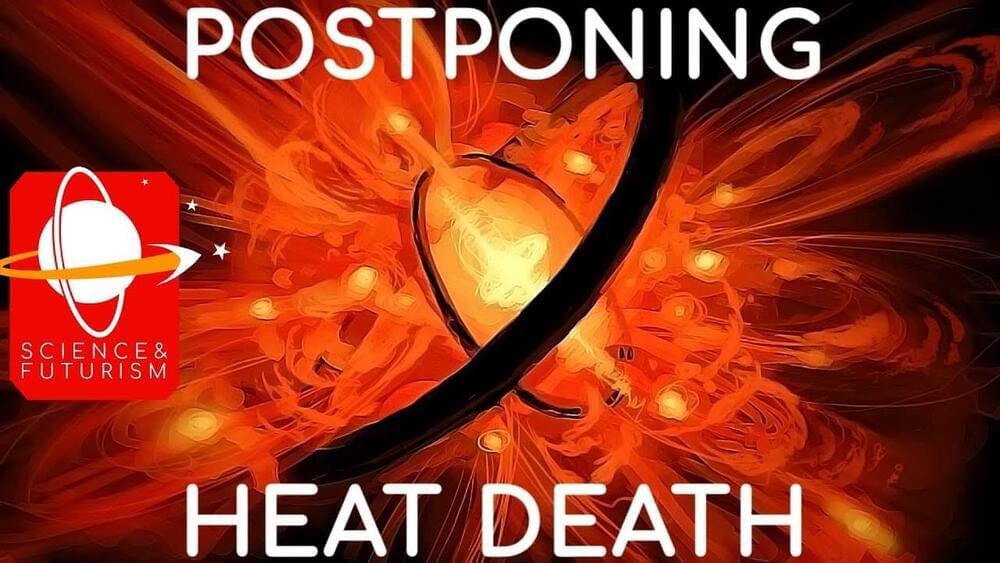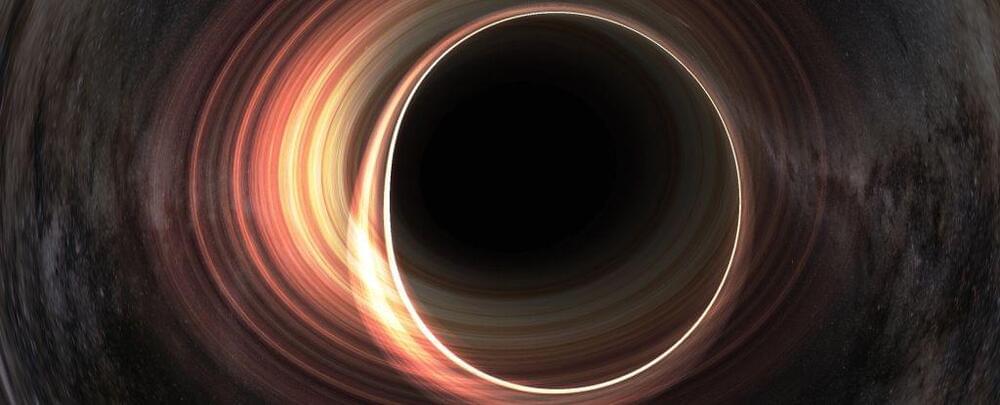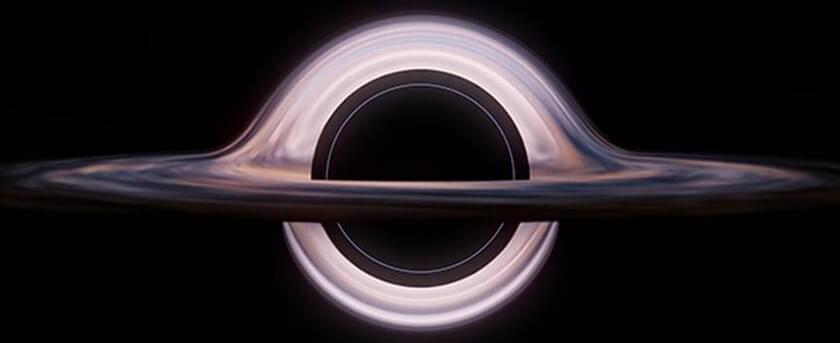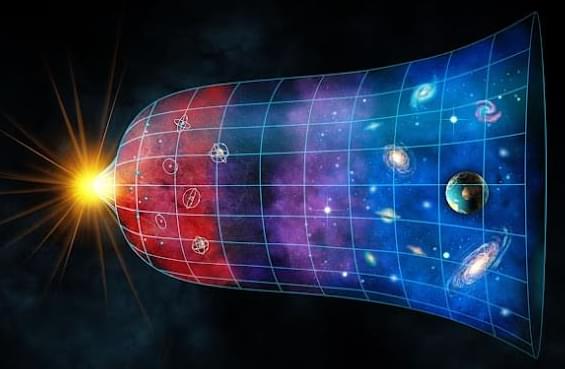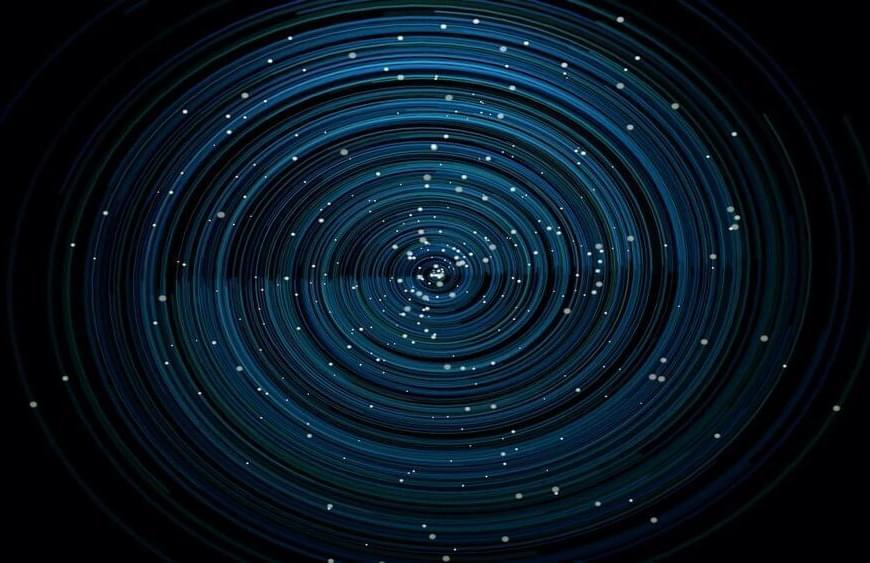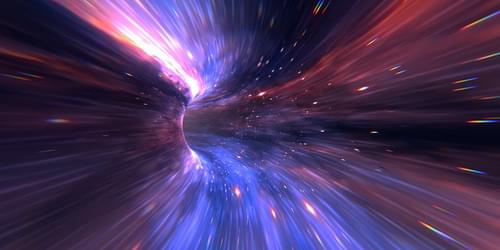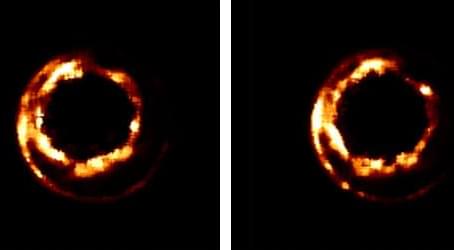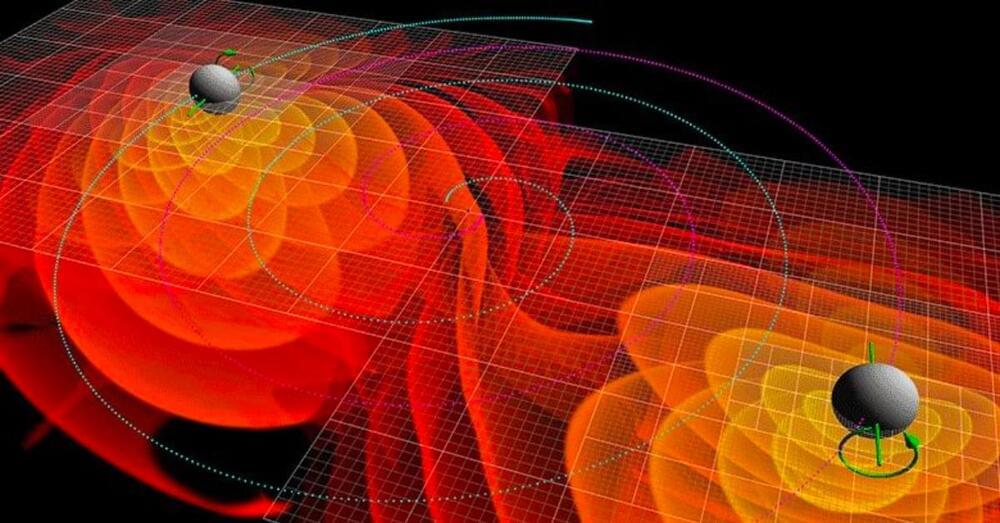Visit our sponsor, Brilliant: https://brilliant.org/IsaacArthur/
According to modern cosmology, one day all the stars will burn out and the Universe will be full of dead planets, black holes, and other stellar remnants, slowing decaying till entropy brings the Heat Death of the Universe. But could this fate be postponed or even reversed?
Visit our Website: http://www.isaacarthur.net.
Support us on Patreon: https://www.patreon.com/IsaacArthur.
SFIA Merchandise available: https://www.signil.com/sfia/
Social Media:
Facebook Group: https://www.facebook.com/groups/1583992725237264/
Reddit: https://www.reddit.com/r/IsaacArthur/
Twitter: https://twitter.com/Isaac_A_Arthur on Twitter and RT our future content.
SFIA Discord Server: https://discord.gg/53GAShE
Listen or Download the audio of this episode from Soundcloud: Episode’s Audio-only version: https://soundcloud.com/isaac-arthur-148927746/postponing-the…e-universe.
Episode’s Narration-only version: https://soundcloud.com/isaac-arthur-148927746/postponing-the…ation-only.
Credits:
Postponing the Heat Death of the Universe.
Episode 225; Feb 13, 2020
Writers:
